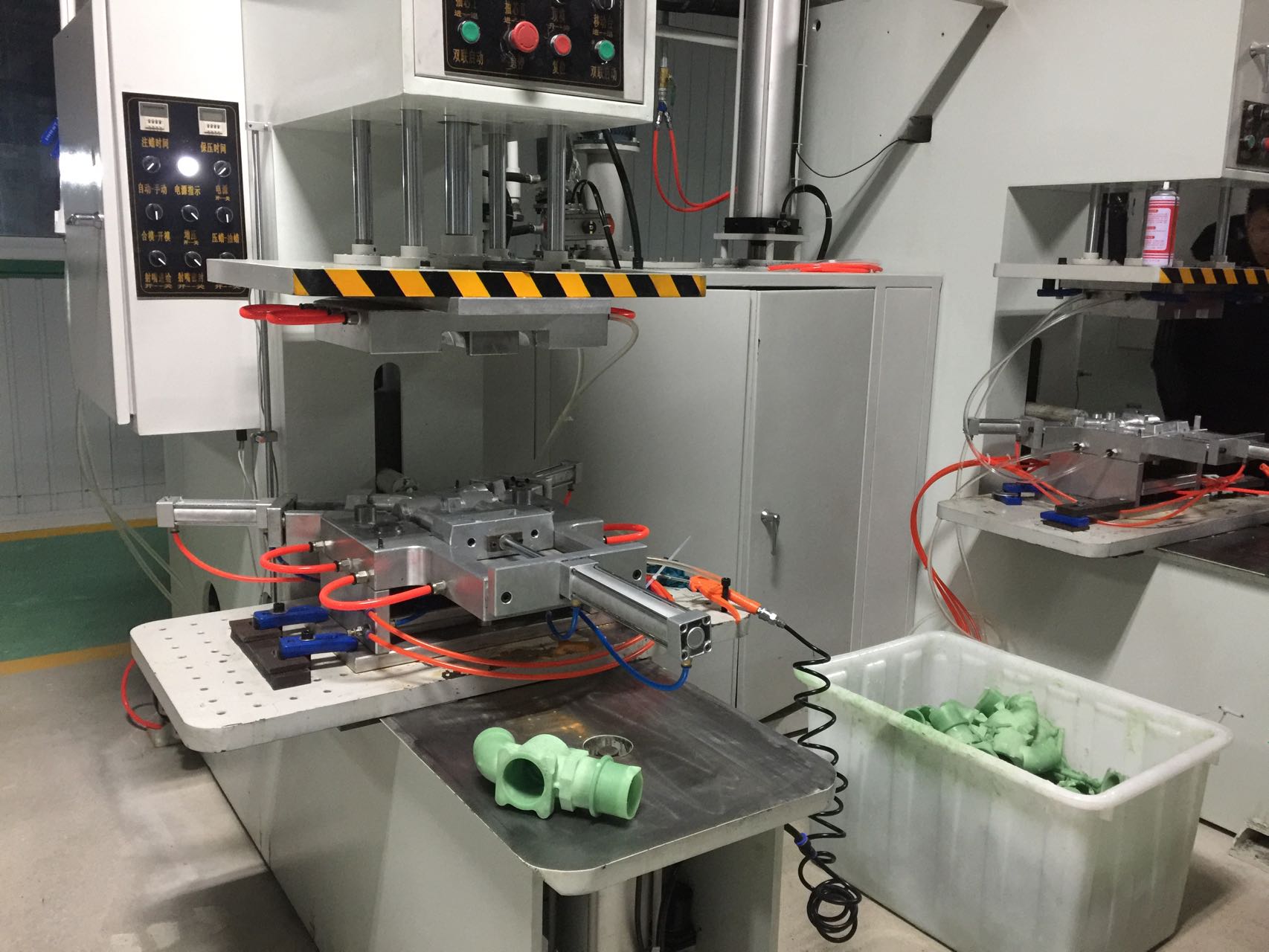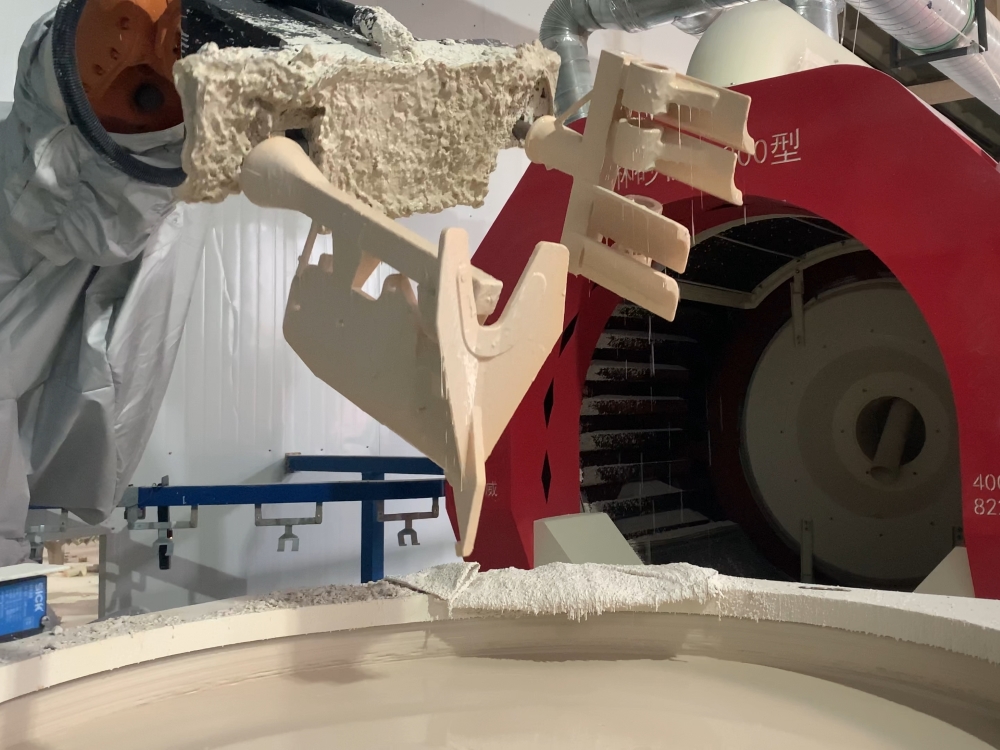
Privacy statement: Your privacy is very important to Us. Our company promises not to disclose your personal information to any external company with out your explicit permission.
Investment Casting, also known as lost wax casting, is a traditional manufacturing process that originated thousands of years ago. This process is utilised to create metal parts and components with complex shapes and intricate details. It is a cost-effective method to produce complex parts.
The process commences with the crafting of a wax or plastic pattern, an exact replica of the desired part. Our experienced engineers excel in designing tooling for creating these patterns. Once the tools are devised, we utilise 3D printing for initial rapid prototyping, which undergoes testing before the production phase. Subsequently, the pattern is coated with a ceramic slurry to form a shell around it. After the shell has hardened, the wax or plastic is melted out, leaving behind a cavity in the shape of the desired part. Molten metal is then poured into the cavity, filling the space vacated by the melted pattern. Following solidification, the ceramic shell is removed, revealing the finished metal part. Investment casting is esteemed for its capability to produce parts with tight tolerances, excellent surface finish, and intricate geometries.
Here at A & M Manufacturing Company Ltd, we possess the capability to manufacture metal parts and components with extremely tight tolerances and complex and intricate shapes and designs, both internally and externally. We can cast metal parts and components with a wide range of materials using the investment casting technique, including stainless steel, carbon steel, cast iron, aluminium, and many more.
A & M MANUFACTURING COMPANY LTD
WHAT IS INVESTMENT CASTING

INVESTMENT CASTING
PROCESS


Investment Castings

Privacy statement: Your privacy is very important to Us. Our company promises not to disclose your personal information to any external company with out your explicit permission.

Fill in more information so that we can get in touch with you faster
Privacy statement: Your privacy is very important to Us. Our company promises not to disclose your personal information to any external company with out your explicit permission.